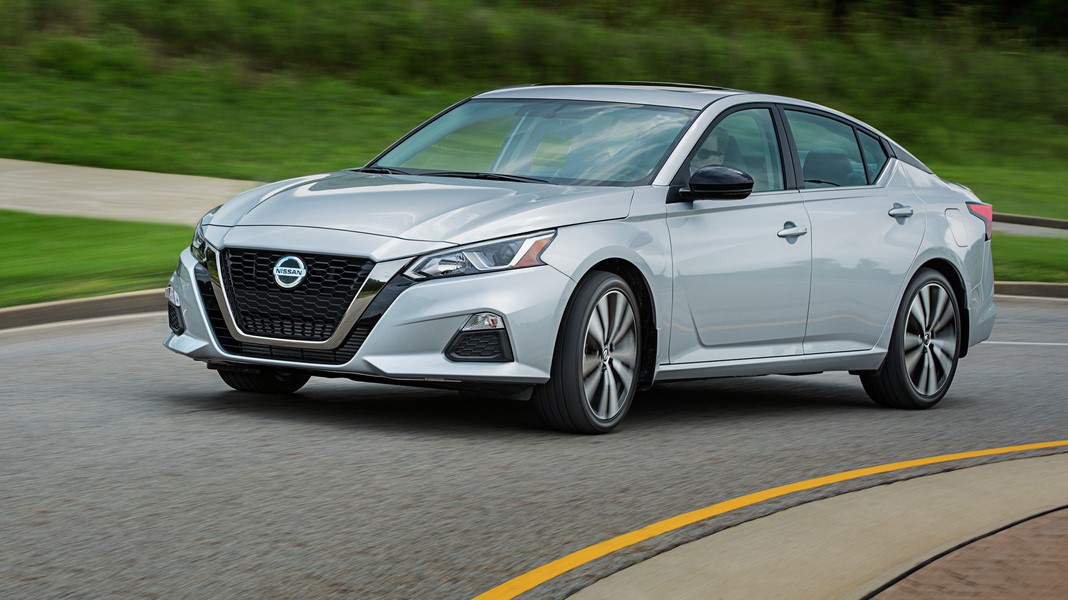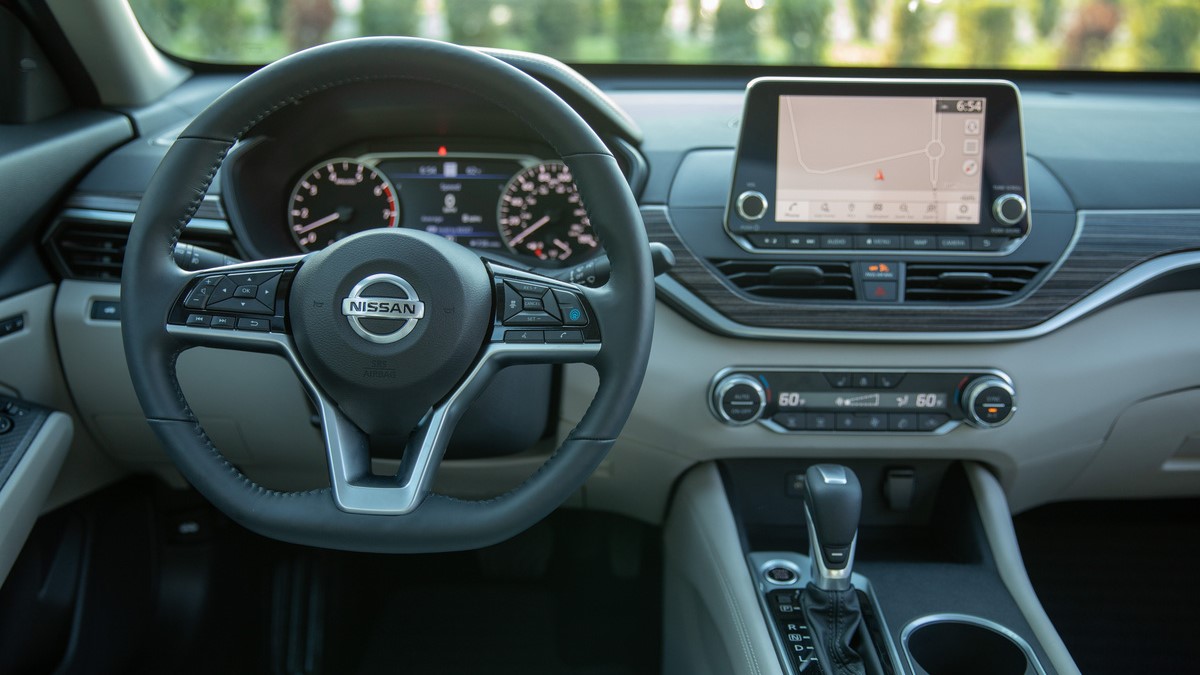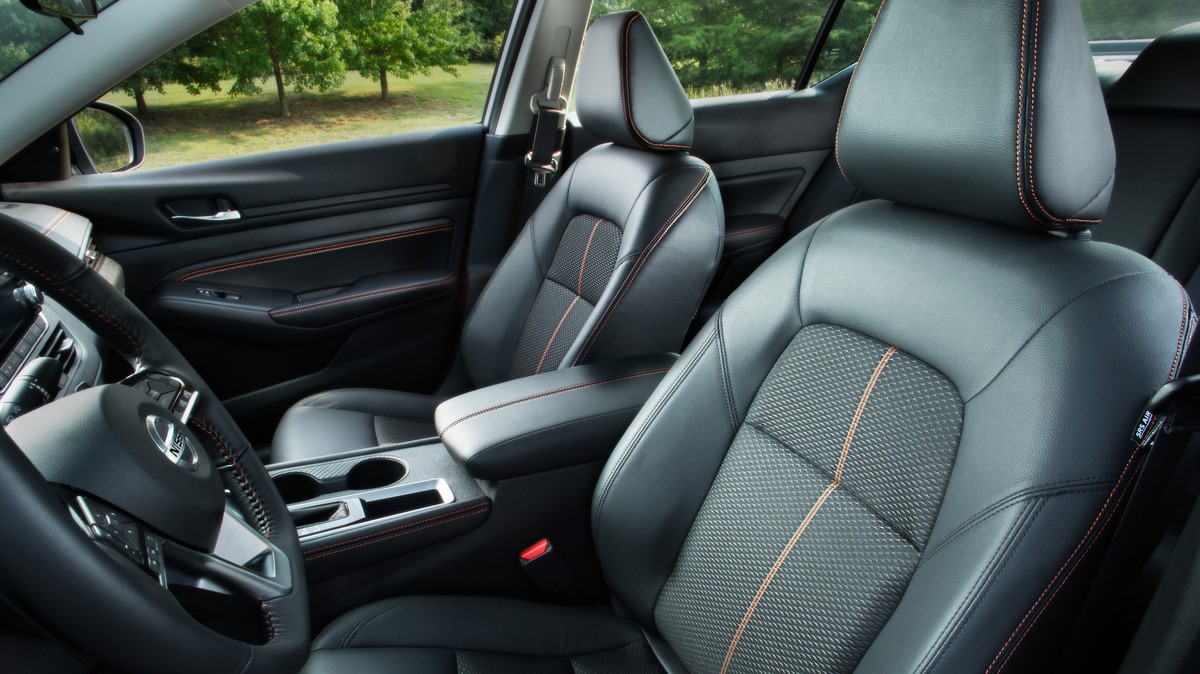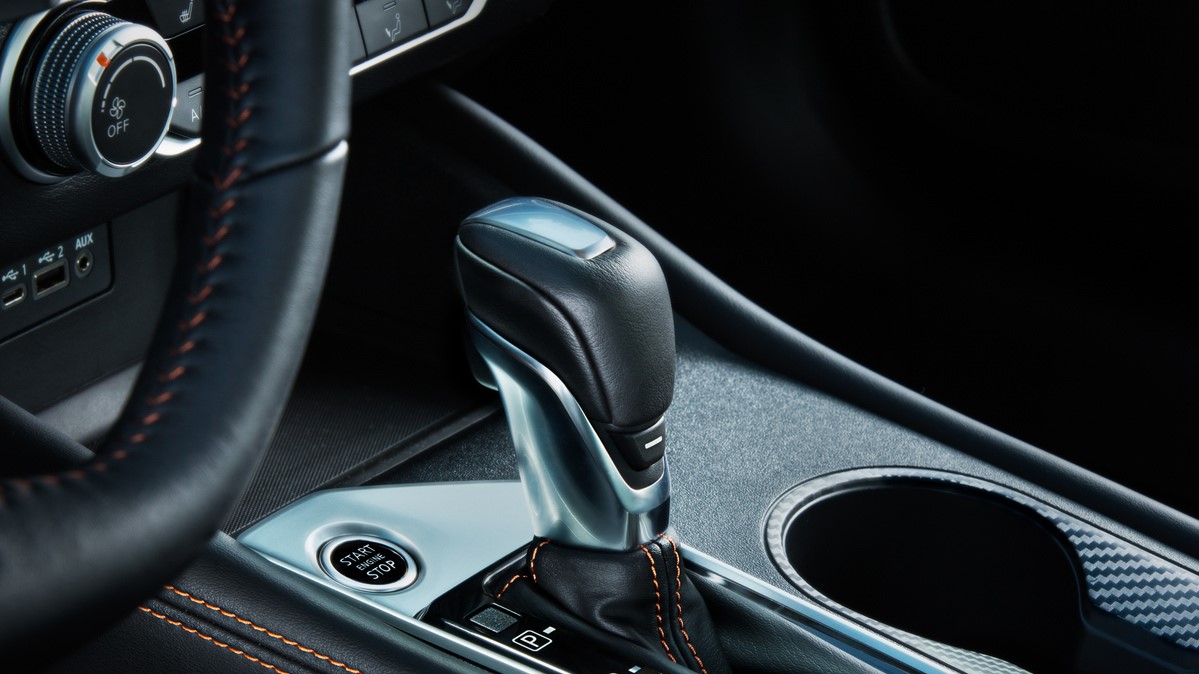Testing the lane-keeping in a 2020 Nissan Altima on a curvy road

Artificial intelligence in cars works perfectly when the road is straight, the traffic is light, and the lane markings are bright yellow or bright white. In a recent test of the 2020 Nissan Altima, I decided to go way outside of the lines (in a theoretical sense) and test a curvy road where the traffic was fairly intense and the lane markings weren’t always perfect.
In my area, there are brand new roadways with freshly painted markings, but that’s not the norm. In most cases, the roads are well-used and the markings are slightly faded. As we say in journalism, that’s a good test scenario. I drove the Altima several times on newer roads and older, in both rain and snow and on bright sunny days.

The most interesting discovery is that all of the beeps and blips the vehicle makes are pretty helpful. The Altima will chime at you if the car ventures outside of the lane, thanks to what Nissan calls ProPilot Assist. There’s a small icon on the steering wheel you use to activate the safety shield that looks a bit like a Bluetooth badge.
Interestingly, the Altima will also beep as it adjusts its own speed for the car in front of you. Say you are driving at 55mph but you have the cruise control set at 60mph. You’ll hear a beep when you resume normal cruising speed.
The Altima also adjusts its speed around corners. I noticed how my speed would decrease automatically when the curve was more intense, and then when the car resumed normal speed it would beep yet again. It used to be that only luxury cars from Mercedes-Benz or BMW would adjust cruise control around corners but the Altima does this with ease.
A smart guiding hand
As for the lane-keeping, it works quite well on good roads and bad. As time goes on, automakers like Nissan will keep tweaking their algorithms for a variety of roadway conditions. There’s some question about how much beeping we can handle, or how much we want the vehicle to assume control. I noticed the Altima would remind me to hold on to the steering wheel occasionally.
I’ve tested lane-keeping in many recent makes and models, but I liked how authoritatively it works in the Altima – it’s not going to take over but it’s also going to keep things nicely centered for you, a bit like a parent who's assisting a teenager (but not overly so).
Sign up for breaking news, reviews, opinion, top tech deals, and more.

By the way, there’s a handy video that shows you how all of this works. It explains how the Altima is constantly watching lane markings and I experienced that several times – the soft nudges back into the lane, the micro-adjustments we’re supposed to make as a driver but are too busy talking to a friend to notice. Technology is at its best when we barely notice it is doing anything and yet it is working harder so we don’t have to focus so much.
Without obvious lane markings, the Altima still performed quite admirably and maintained a consistent center position. Ironically, it was when I tried to do the nudging myself that the vehicle would sometimes seem to say 'not on my watch' and compensate for my errors.
The fact that lane-keeping is available at all on a mid-sized sedan that costs $24,100 (about £18,700, AU$35,000) for the base price model is quite impressive indeed.

On The Road is TechRadar's regular look at the futuristic tech in today's hottest cars. John Brandon, a journalist who's been writing about cars for 12 years, puts a new car and its cutting-edge tech through the paces every week. One goal: To find out which new technologies will lead us to fully self-driving cars.

John Brandon has covered gadgets and cars for the past 12 years having published over 12,000 articles and tested nearly 8,000 products. He's nothing if not prolific. Before starting his writing career, he led an Information Design practice at a large consumer electronics retailer in the US. His hobbies include deep sea exploration, complaining about the weather, and engineering a vast multiverse conspiracy.